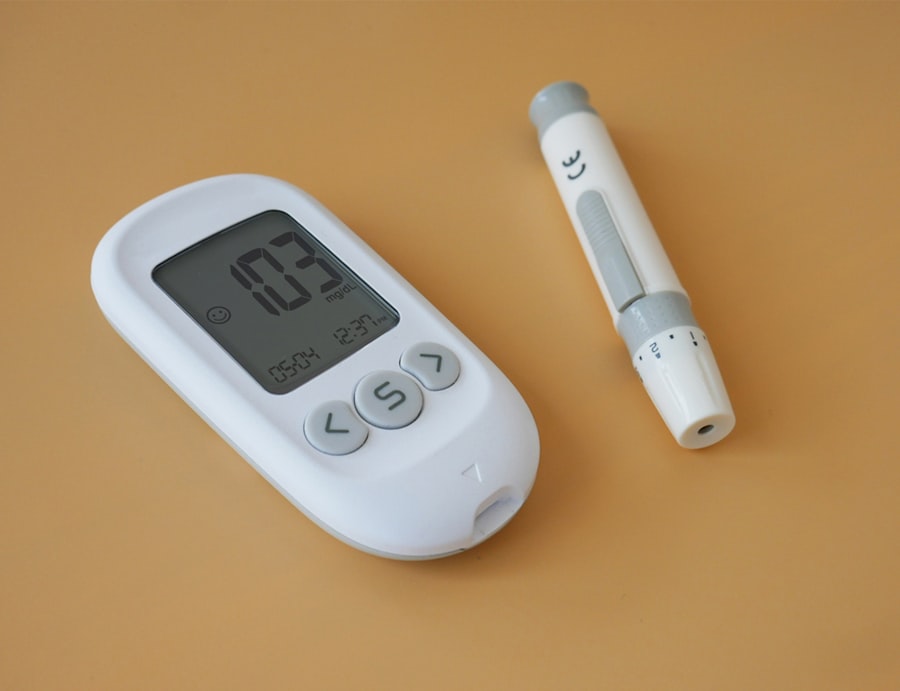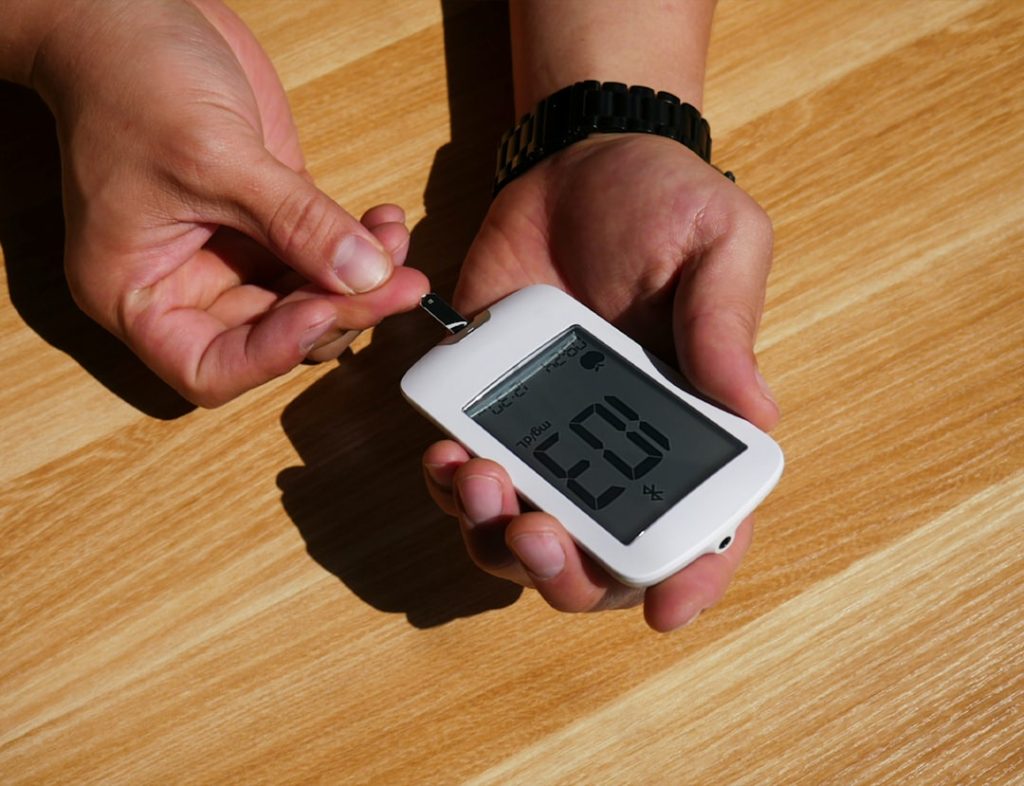Hypoglycemia, often referred to as low blood sugar, is a condition that occurs when the glucose levels in your bloodstream drop below normal. This can happen for various reasons, including prolonged periods without food, excessive physical activity, or the use of certain medications, particularly those for diabetes. When your blood sugar levels fall, your body may not have enough energy to function properly, leading to a range of symptoms that can affect your daily life.
Understanding hypoglycemia is crucial, especially if you are at risk or have been diagnosed with diabetes. The body relies on glucose as its primary source of energy. When you eat, carbohydrates are broken down into glucose, which then enters your bloodstream.
Insulin, a hormone produced by the pancreas, helps regulate blood sugar levels by facilitating the uptake of glucose into cells. However, if there is an imbalance—such as too much insulin or not enough glucose intake—hypoglycemia can occur. It’s essential to recognize that while hypoglycemia can be a serious condition, it is manageable with the right knowledge and strategies.
Recognizing the Warning Signs of Hypoglycemia
Recognizing the warning signs of hypoglycemia is vital for timely intervention. Symptoms can vary from person to person, but common indicators include shakiness, sweating, irritability, confusion, and an overwhelming sense of hunger. You might also experience dizziness or lightheadedness, which can be alarming if you are unaware of what is happening.
In some cases, hypoglycemia can lead to more severe symptoms such as blurred vision or even loss of consciousness if not addressed promptly. Being attuned to your body’s signals is key. You may notice that certain activities or situations trigger these symptoms more than others.
For instance, if you’ve been exercising vigorously without adequate nutrition beforehand, you might find yourself feeling shaky or weak. Keeping a journal of your symptoms and their triggers can help you identify patterns and better understand your body’s responses to low blood sugar episodes.
Quick Fixes for Hypoglycemia

When you experience hypoglycemia, quick action is essential to restore your blood sugar levels to a safe range. The most effective immediate remedy is consuming fast-acting carbohydrates. Foods like glucose tablets, fruit juice, or regular soda can provide a rapid source of sugar that your body can absorb quickly.
Ideally, you should aim for about 15 grams of carbohydrates to start. After consuming these quick fixes, it’s important to wait about 15 minutes and then recheck your blood sugar levels to ensure they have returned to normal. In addition to sugary foods and drinks, you might also consider keeping a small stash of snacks on hand for emergencies.
Items like granola bars or dried fruit can be convenient options when you’re on the go. However, remember that while these snacks can help in a pinch, they may not act as quickly as pure sugar sources. Always prioritize fast-acting carbohydrates when you feel the onset of hypoglycemia.
Preventing Hypoglycemia
Preventing hypoglycemia is often more effective than treating it after it occurs. One of the most important strategies is to maintain a balanced diet that includes regular meals and snacks throughout the day. Aim for a combination of carbohydrates, proteins, and healthy fats to keep your blood sugar levels stable.
It’s also wise to monitor your carbohydrate intake closely if you are on insulin or other medications that lower blood sugar. Another preventive measure involves being mindful of your physical activity levels. While exercise is beneficial for overall health, it can also lead to drops in blood sugar if not managed properly.
If you plan to engage in strenuous activities, consider having a small snack beforehand to provide your body with the necessary fuel. Additionally, staying hydrated and avoiding excessive alcohol consumption can further help in maintaining stable blood sugar levels.
Managing hypoglycemia in specific situations requires careful planning and awareness of your surroundings. For instance, during exercise, it’s crucial to monitor how your body responds to physical activity. If you’re engaging in prolonged or intense workouts, consider checking your blood sugar levels before and after exercising.
Having a quick source of carbohydrates nearby—like energy gels or sports drinks—can be invaluable if you start feeling symptoms during your workout. At work or while traveling, it’s equally important to have a strategy in place. If you have a busy schedule that may lead to missed meals or snacks, prepare by packing healthy snacks that are easy to carry.
Items like nuts, yogurt, or protein bars can be great options that provide sustained energy without causing drastic fluctuations in blood sugar levels. Additionally, inform your colleagues or travel companions about your condition so they can assist you if needed.
Seeking Medical Help for Hypoglycemia
While many instances of hypoglycemia can be managed at home with quick fixes and preventive measures, there are times when seeking medical help becomes necessary. If you experience frequent episodes of low blood sugar or if your symptoms become severe—such as confusion or loss of consciousness—it’s crucial to consult a healthcare professional immediately. They can help determine the underlying cause and adjust your treatment plan accordingly.
In some cases, recurrent hypoglycemia may indicate that your current medication regimen needs reevaluation. Your doctor may suggest changes in dosages or types of medications to better manage your blood sugar levels. Additionally, if you find yourself relying on quick fixes too often, it may be time to explore more comprehensive strategies for managing your condition.
Creating a Hypoglycemia Management Plan

Creating a personalized hypoglycemia management plan is an essential step in taking control of your health. Start by documenting your typical daily routine, including meal times, physical activity levels, and any medications you take. This information will help you identify potential triggers for low blood sugar episodes and develop strategies to mitigate them.
Your management plan should include specific guidelines for what to do when you experience symptoms of hypoglycemia. Outline the steps for treating low blood sugar and ensure that you have access to quick sources of carbohydrates at all times. Additionally, consider setting reminders for meal times and snack breaks to help maintain consistent energy levels throughout the day.
Supporting Someone with Hypoglycemia
If you know someone who struggles with hypoglycemia, offering support can make a significant difference in their ability to manage the condition effectively. Start by educating yourself about hypoglycemia so that you can understand their experiences better. Ask them about their specific triggers and symptoms so that you can recognize when they might need assistance.
Encourage open communication about their needs and preferences regarding support during episodes of low blood sugar. Whether it’s helping them find quick sources of carbohydrates or simply being there for emotional support during challenging moments, your involvement can be invaluable. Additionally, consider accompanying them to medical appointments if they feel comfortable; having someone by their side can provide reassurance and help them advocate for their health needs.
In conclusion, understanding hypoglycemia and its management is crucial for those at risk or living with diabetes. By recognizing warning signs, implementing preventive measures, and creating a comprehensive management plan, you can take proactive steps toward maintaining stable blood sugar levels. Whether you’re managing this condition yourself or supporting someone else through it, knowledge and preparation are key components in navigating the challenges posed by hypoglycemia effectively.
